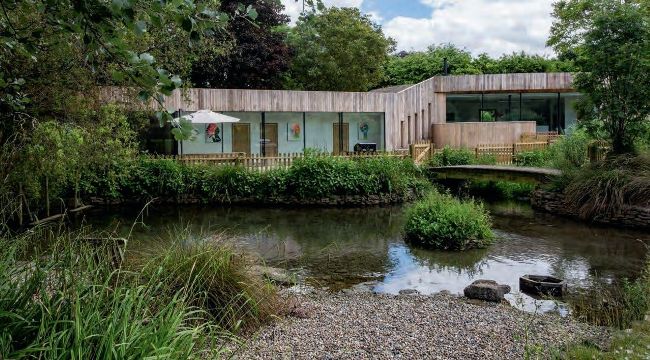10 steps to design success
Julian Owen discusses the golden rules to consider when planning the style and layout of your selfbuild or renovation project

The success of this sustainable home by RPA Architects came down to forward planning. The earth-shelter is situated in the grounds of a listed Georgian property. A retaining wall was formed using insulated concrete formwork (ICF) as shuttering, and tied to a reinforced concrete raft, which raised the floor construction above flood levels
The inventor Thomas Edison defined genius as “1% inspiration and 99% perspiration.” I’m not trying to say that all architects are prodigies, however, I certainly think that Edison’s principle applies to the process of designing a building. That single percentage of brilliance is a major part of the creative process, but to achieve excellence you also need a great deal of hard work, clear thinking and good organisation.
So, what can you do to ensure your design professional comes up with the best possible plan for your new home? How should you look to strike a balance between style and substance? For a home that includes your ideal features, details and requirements, follow these 10 key steps.
1Give a clear brief
The success of any design rests on the quality of your initial brief. You are the most important contributor to the creation of your house plans, so it’s up to you to ensure you have a clear idea of what you want from the project. If you desire something that suits your lifestyle, then clearly identify what your needs are from the outset.
You don’t have to work out every detail in advance, but you should have a list of priorities. Do you want an openplan family space? Closed off rooms for a cosy living environment? A sunroom or breakfast area? Some people have a super detailed list of requirements, with everything from the size of rooms to the location of windows. Others won’t have an idea of the layout, but will have chosen key focal points and features, such as a fireplace or staircase. Both routes are an equally valid starting point and will help to convey what you are trying to achieve.